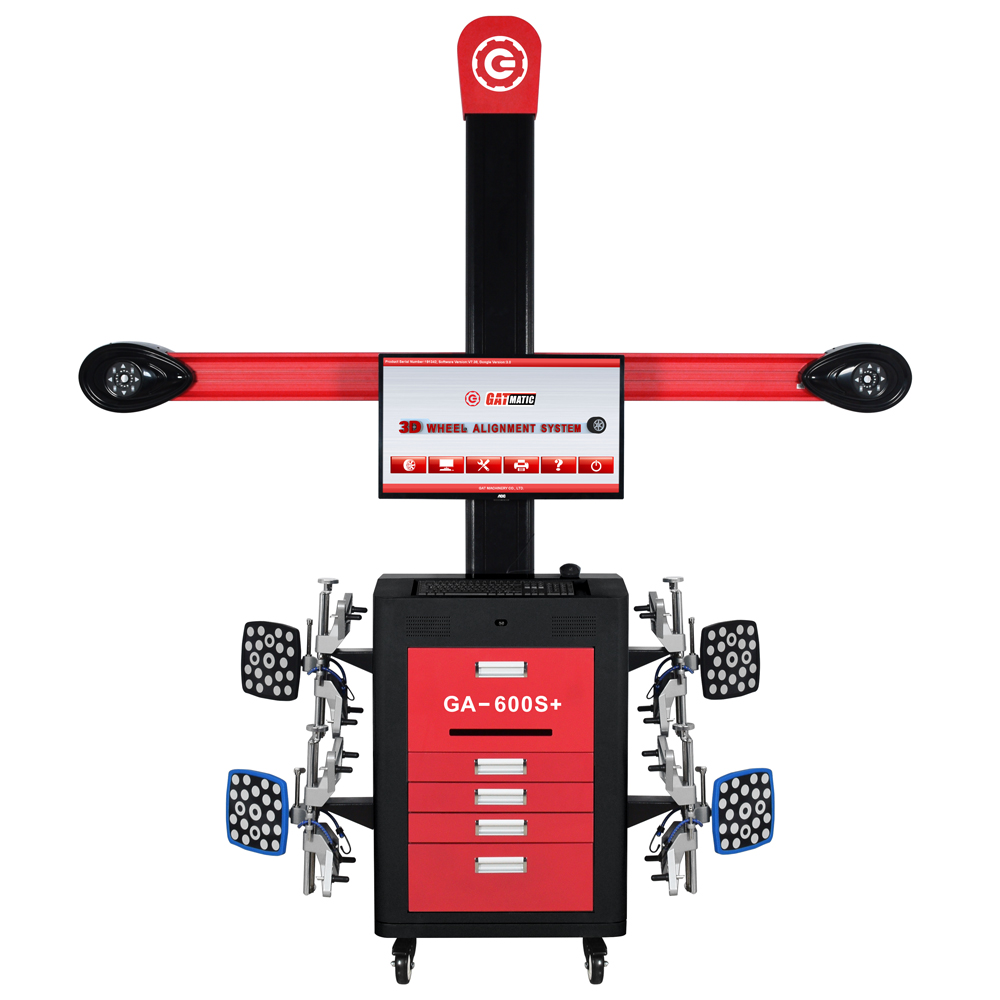What can throw a car’s wheel alignment off?
Wheel alignment, the adjustment of a vehicle’s suspension components to ensure that the wheels meet the road at the proper angle, is crucial for optimal driving performance, tire longevity, and safety. Proper alignment ensures that tires wear evenly and that the vehicle handles predictably. Various factors can disrupt a car’s wheel alignment, leading to uneven tire wear, poor handling, and decreased fuel efficiency. Understanding these factors is essential for maintaining vehicle health and performance.
I. Causes Related to Road Conditions
A. Potholes
Potholes are one of the most common culprits of wheel misalignment. When a car hits a pothole, the sudden impact can jolt the suspension system, causing the alignment to shift. Frequent encounters with potholes exacerbate this problem, leading to more severe misalignment over time.
B. Speed Bumps
Improper navigation over speed bumps can also affect wheel alignment. Driving too fast over these bumps can put excessive strain on the suspension system, leading to alignment issues. It’s crucial to slow down and approach speed bumps carefully to avoid damaging the vehicle’s suspension.
C. Road Debris
Hitting objects on the road, such as rocks, construction materials, or other debris, can cause immediate misalignment. The severity of the impact determines whether the misalignment is minor or significant. Regularly encountering road debris increases the risk of alignment problems.
II. Driving Habits and Behavior
A. Aggressive Driving
Aggressive driving, characterized by hard braking, fast acceleration, and sharp turns, can quickly throw a car’s alignment off. These sudden and forceful maneuvers strain the suspension system, leading to misalignment.
B. Overloading the Vehicle
Exceeding the vehicle’s weight capacity can also affect wheel alignment. Overloading puts additional pressure on the suspension system, causing it to sag and misalign. Even distribution of weight is essential to maintain proper alignment.
C. Off-Road Driving
Off-road driving exposes the vehicle to rough terrain and obstacles that can easily disrupt wheel alignment. Frequent off-road use requires regular alignment checks to ensure the vehicle remains in optimal condition.
III. Mechanical Issues and Wear
A. Suspension System Problems
Worn or damaged suspension components, such as ball joints, bushings, and struts, can lead to misalignment. These parts play a critical role in maintaining proper alignment, and their deterioration can result in significant alignment issues.
B. Tire Wear and Tear
Uneven tire wear can indicate alignment problems. When tires wear unevenly, it affects how they contact the road, which in turn can disrupt the alignment. Regular tire inspections are necessary to detect and address such issues early.
C. Steering System Issues
Loose or damaged steering components can also impact wheel alignment. The steering system must be in good condition to maintain proper alignment, and any issues with steering components should be addressed promptly.
IV. Accidents and Collisions
A. Minor Accidents
Even minor fender benders can cause alignment issues. The impact of these accidents, although seemingly insignificant, can affect the suspension and steering components, leading to misalignment.
B. Major Collisions
Major collisions often result in structural damage that affects alignment. It’s essential to have the alignment checked after any significant accident to ensure that the vehicle is safe to drive.
V. Environmental Factors
A. Weather Conditions
Snow, ice, and rain can create slippery conditions that lead to misalignment. Sliding or skidding on icy or wet roads can strain the suspension system. Seasonal changes that cause roads to expand and contract can also impact alignment.
B. Temperature Variations
Extreme temperature variations cause materials to expand and contract, which can affect alignment components. Over time, these fluctuations can lead to misalignment if not addressed through regular maintenance.
VI. Maintenance and Upkeep
A. Regular Maintenance
Regular wheel alignment checks are crucial for maintaining proper alignment. Following a consistent schedule for alignment services helps prevent issues before they become severe, ensuring the vehicle remains safe and efficient.
B. Ignoring Warning Signs
Ignoring common warning signs of misalignment, such as the vehicle pulling to one side, uneven tire wear, or a vibrating steering wheel, can lead to more significant problems. Addressing these signs promptly can prevent further damage and costly repairs.
Conclusion
Maintaining proper wheel alignment is essential for vehicle safety, performance, and efficiency. Understanding the various factors that can throw a car’s alignment off helps in taking proactive measures to prevent misalignment. Regular maintenance, cautious driving, and prompt attention to warning signs are key to ensuring that the wheels stay properly aligned.
FAQs
Q1: What is wheel alignment, and why is it important?
A1: Wheel alignment involves adjusting the angles of the wheels so they are set to the manufacturer’s specifications. Proper alignment ensures even tire wear, better fuel efficiency, improved handling, and overall safer driving.
Q2: How can hitting a pothole affect my car’s alignment?
A2: Hitting a pothole can cause a sudden jolt to the suspension system, which can shift the alignment angles. This impact can result in uneven tire wear and poor handling if not corrected.
Q3: Can speed bumps affect wheel alignment?
A3: Yes, driving over speed bumps too quickly can stress the suspension system, potentially leading to misalignment. It’s important to slow down and navigate speed bumps carefully to avoid damaging the suspension.
Q4: How do aggressive driving habits impact wheel alignment?
A4: Aggressive driving, such as hard braking, fast acceleration, and sharp turns, can strain the suspension and steering components, leading to misalignment. Smooth and controlled driving helps maintain proper alignment.
Q5: What are the signs that my car’s alignment is off?
A5: Common signs include the vehicle pulling to one side, uneven or rapid tire wear, a vibrating steering wheel, and the steering wheel being off-center when driving straight.
Q6: Can overloading my vehicle affect its alignment?
A6: Yes, overloading a vehicle can put excessive pressure on the suspension system, causing it to sag and misalign. Even distribution of weight and staying within the vehicle’s weight capacity are crucial.
Describe Your Needs In Detail!
We will carefully evaluate your needs and give professional solutions.



